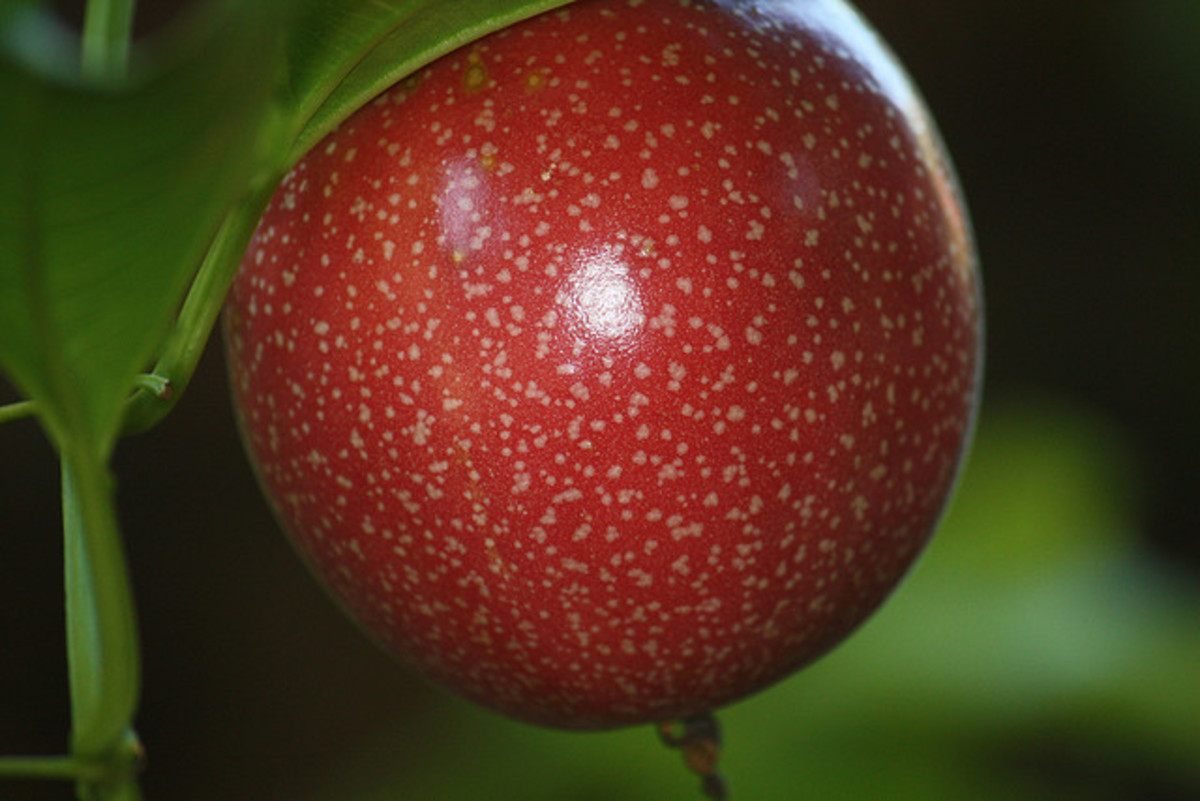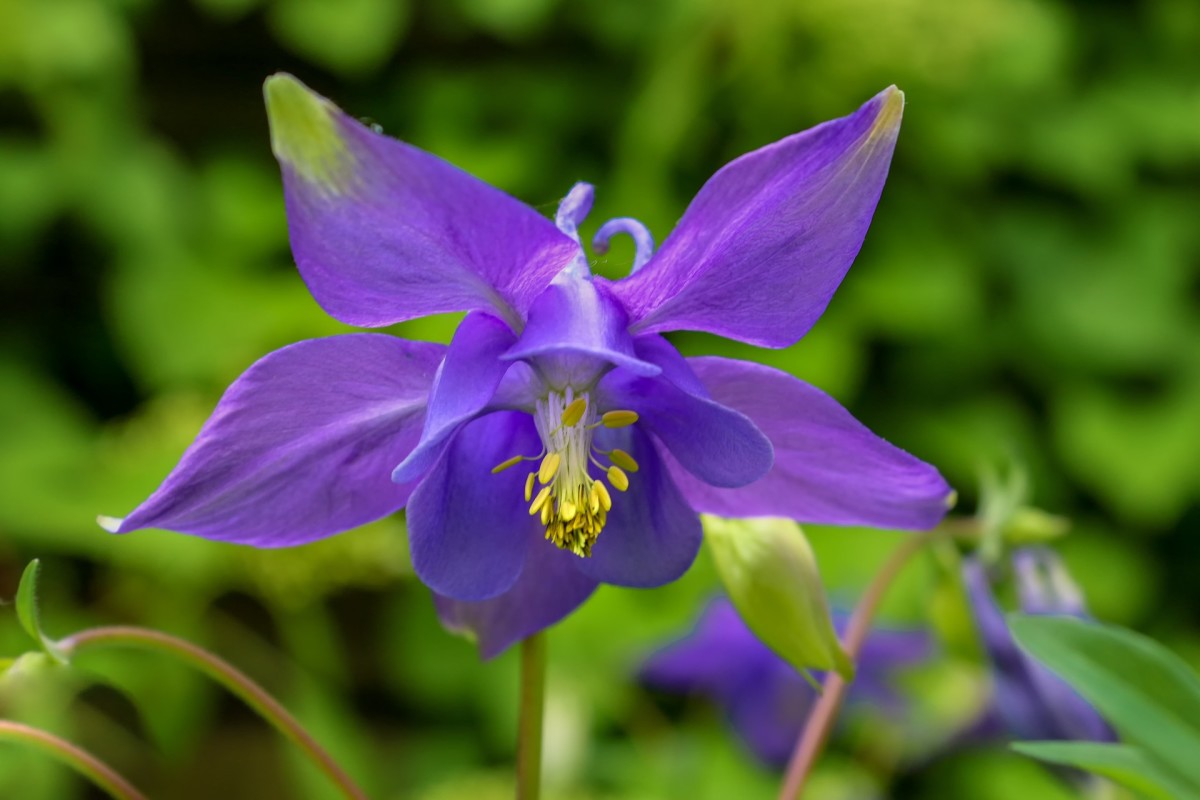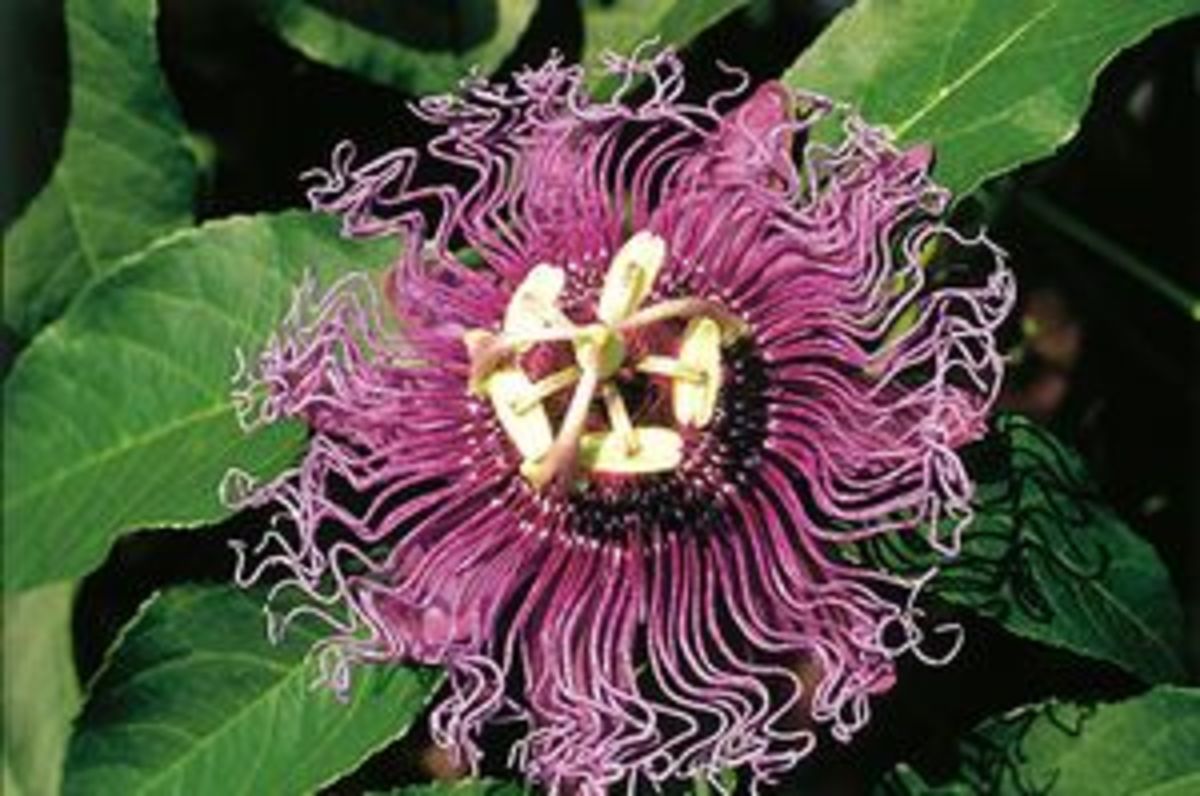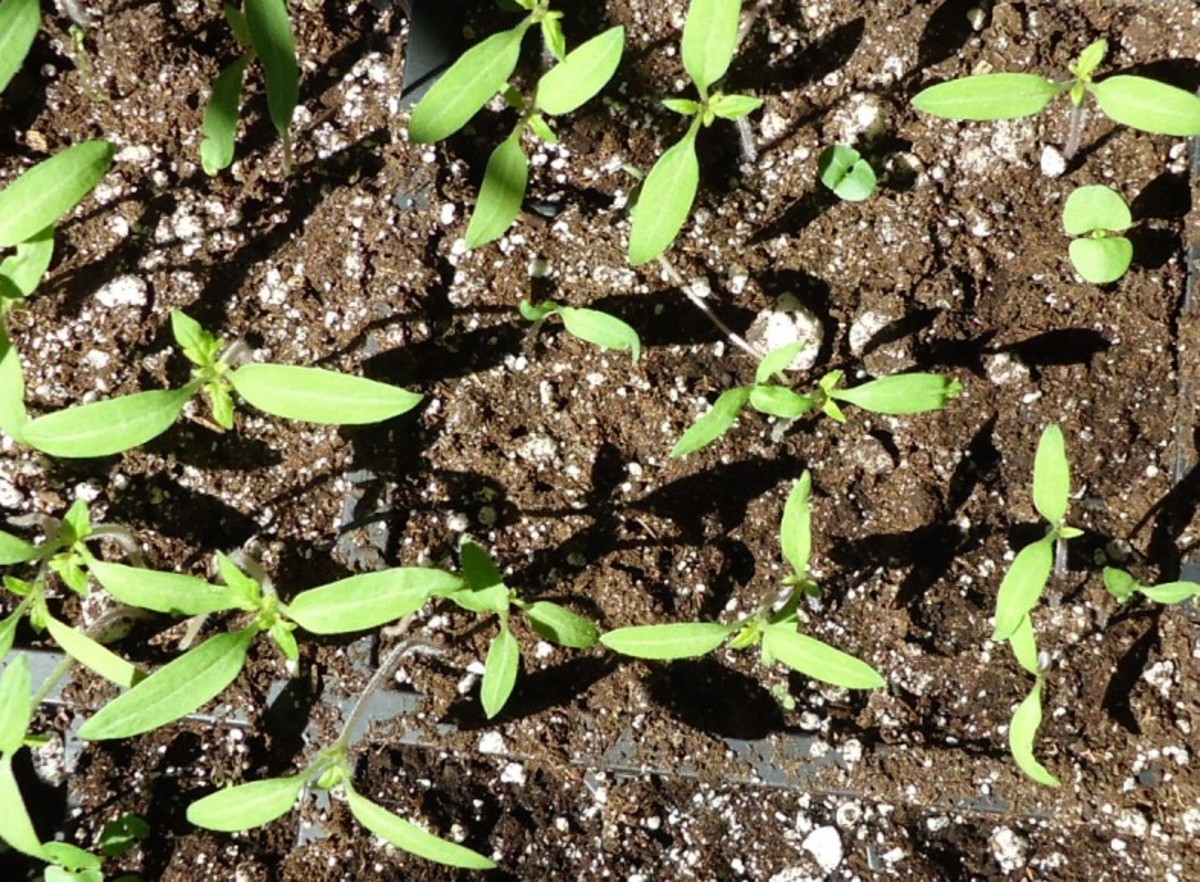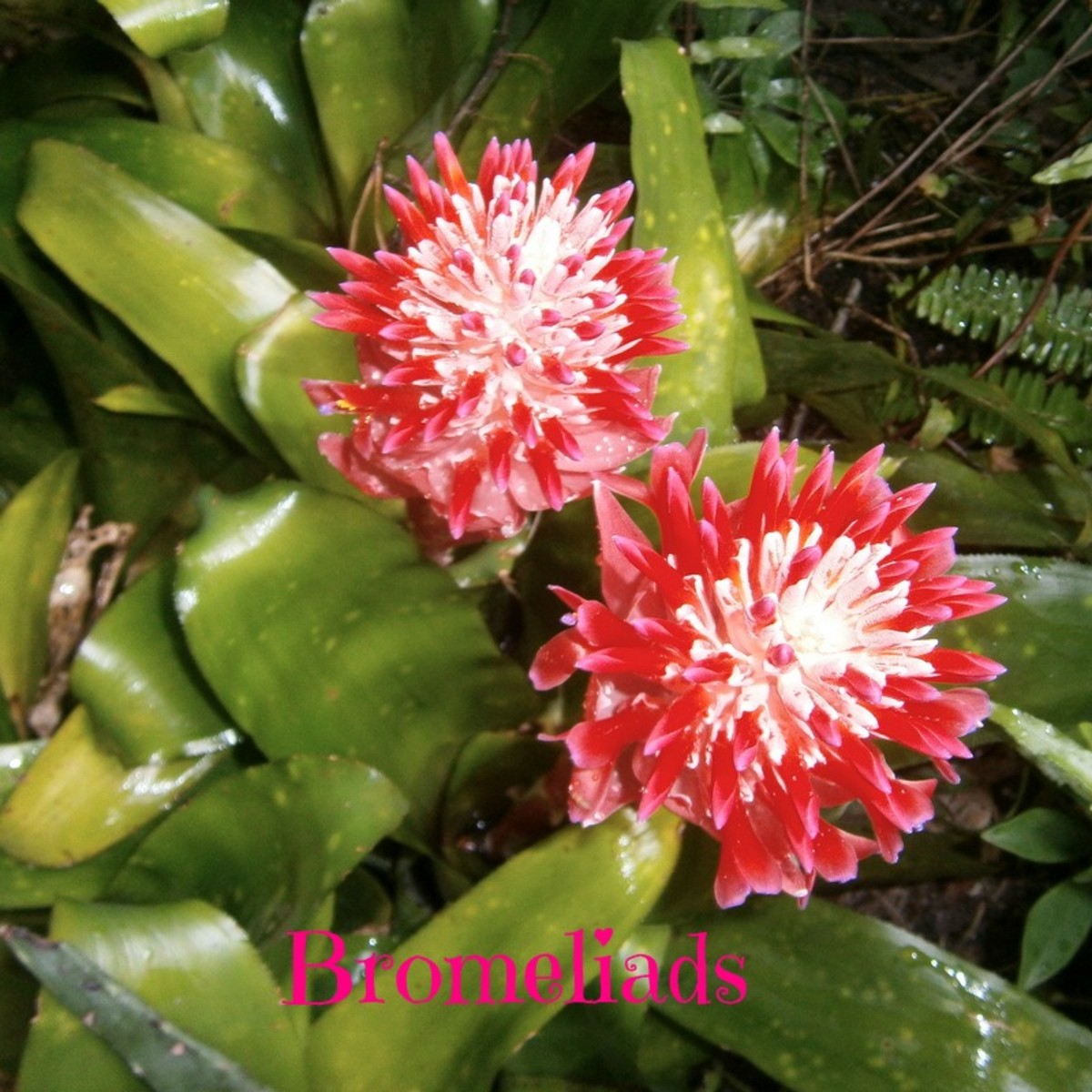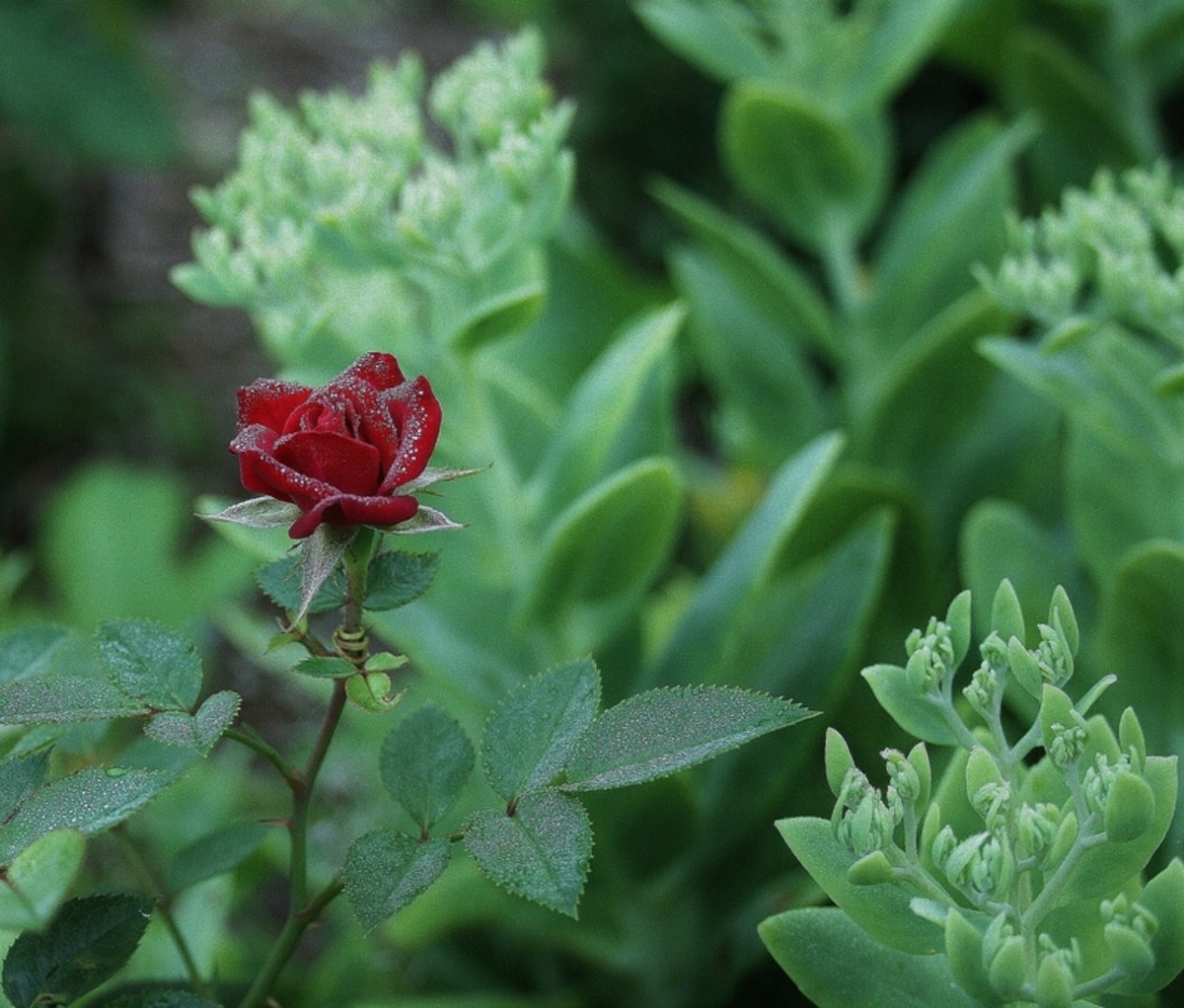How to Grow Passion Flowers from Seed
If you plan on growing passion flower seeds, there are a wide variety of passion flower plants and seed available today - over 500 cultivars are available, many with exotic looking colourful blooms, and many with edible fruit.
Passion flowers were originally discovered growng wild in Latin America by early christian discoverers in the early 18th century, and they have gone on to gain popularity the world over.
If you have an unslightly fence, or you want to be screened from your neighbours, consider buying and planting passion flowers as these vigorous climbers will quickly grow and cover whatever they are growing on with their beautiful green leaves and colourful flowers.
Passion flowers growing from seed
The passion flower is easily grown from seed. It is advisable to soak the seed for at least 24 hours before planting. Viable seeds will sink to the bottom, so discard any that float.
Place the seeds just below the surface of a compost and vermiculite mix in a pot, water well, then transfer the pot into a sealed plastic bag, before placing in a warm spot to await germination.
This can take from 2 weeks to 2 months, after which the young seedlings can be carefully transplanted into larger pots and placed on a sunny windowsill.
Passion flowers like a minimum of 4 hours sunshine a day, and they like their roots to sit in well-drained soil.
They are ideal plants to grow in a greenhouse or conservatory, as very few varieties tolerate frost, though those that do can tolerate down to -7C. More plants are lost over winter due to cold waterlogged roots that the plants can't stand, so try and keep your young seedlings in a warm place and give them hardly any water over at least their first winter.
Buy Passiflora Alatus, Passiflora Edulis and Other Passiflora Seeds from Amazon
Growing on Your Passiflora
By their second summer, you will need to decide whether or not your passiflora plants would benefit from being placed directly into soil in your garden. This very much depends on where you live. It is said that most passion flowers can survive outdoors in USDA zone 6 - 10.
I live in zone 10 and this winter we had frost and snow (unusually) and it killed many of my semi-tropical plants, including, no doubt, some passion flowers that were less than a year old.
Passiflora do not like temperatures to fall below 10C, and INSIDE my house was colder than that this year.
If you have passiflora in your greenhouse or conservatory, a soil warming cable underneath their pot will be more beneficial to them than heating the air around them.
As your passiflora starts to climb, offer it some support in the form of a wooden or metal stick or some such support placed directly into the soil around the base of the plant, for the tendrils to cling to.
Passiflora Flowers
Passion flowers grown from seed can be slow to show their flowers. Sometimes passiflora can take several years to flower, others will never flower. It is advisable to grow on a few of each variety that you grow from seed as there are bound to be some who reward you with passion flowers in their first or second year.
Passion flowers open and die on the same day, but there are always others to take their place. Some are scented, some less so, some provide fruit and yet others don't.
But ALL passiflora have the most amazing looking flowers which are a joy to behold.
Pruning and Training Your Passion Flowers
Wherever you choose to grow your passion flowers, when they are happy they will reward you with lots of growth, and so will need to be cut back every year to discourage them from taking over.
Do this in late winter, just before the new growth of spring starts, and be bold, cut them right back. They will come back again. If their growth was not that great, limit yourself to just cutting out old and damaged branches.

Uses for Passionfruit
The fruiting varieties of passiflora have fruits that are hard on the outside, and inside is full of seeds and a slightly acrid juice that can be scooped out, blended, and either sweetened to make a refreshing drink or used to add flavour and zest to sweets and puddings.
There are many medical studies to show that passionfruit juice makes a superb antioxidant for the body, as well as being a natural relaxant.
Ongoing studies suggest they may make a good cancer-fighting agent, and that they protect the heart, reduce cholesterol, reduce asthma and cleanse the digestive system.
A good all-rounder, I would say.
Uses (leaves, stems and flowers) of Passiflora
Passiflora is a well-known (In Europe at least) as having some amazing homeopathic qualities.
The leaves, stems and flowers of passiflora can all be eaten raw insalads and dried for later use to fightParkinson's disease, leukemia, cancers, asthma, HIV, epilepsy and women's complaints, as well as inducing sleep in an non-narcotic manner. It is also recommended for severe back pain, but is contra-indicated during pregnancy and lactation.
When dried, passiflora can made into a tea infusion for drinking at bedtime to ensure a good night's sleep.


